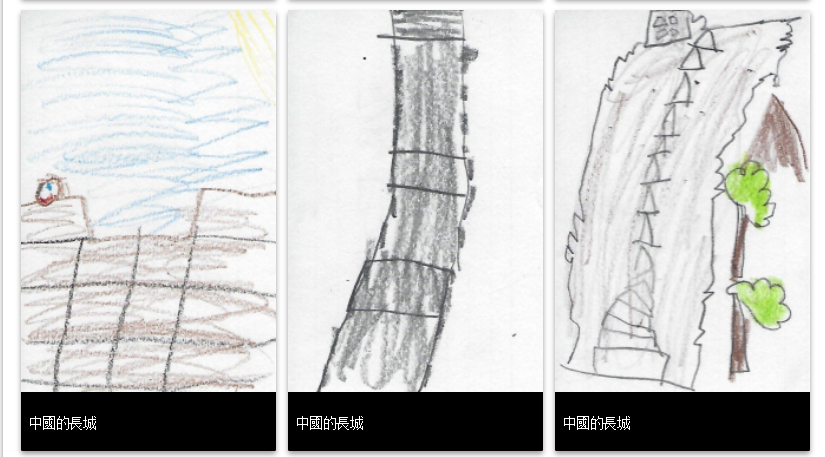Summary
This cross-curricular project was a collaborative effort between students and teachers, as well as the school administration, PTA, and outside businesses. The Stinger Field Guide and Fitness Trail was created by a group of fourth graders who like to go outside! During the school year, 2012-2013, this class went outside to the nearby park and also to natural areas on the school grounds. They enjoyed learning and playing outside so much that they wanted to encourage other classes to go outside, too, and decided to find a way to make it easier. These students at Short Pump Elementary worked in collaborative groups and created a nature and activity guide of twelve different sites on the schoolyard. Students consulted with an arborist and Virginia State Forester and researched facts and other interesting information about the plants. They also collaborated with the physical education teacher to create activities for each site. The students included a variety of exercises that can be done in the natural surroundings and that include endurance, strength, balance, flexibility, cardio and even yoga positions! The students wrote directions for each activity and filmed themselves modeling the activity so that community members can perform them independently. All this information was placed on the Short Pump Goes Green blog by students. Each site on the trail has a sign with a QR code so that members of the community can access the information on the Short Pump Goes Green Blog using an electronic device at any time. The students are excited that their own schoolyard is a field and fitness guide for them to share with their friends and families at any time.
TIPC Ratings
This project is Ideal/Target in Research and Information Fluency. Using student created questions, students used google docs to communicate with Kathleen Ogilvy, a Virginia State Forester Work, and had a professional visit with Kate Tuttle, an arborist. They used information from these primary sources to determine which plants to choose for the field guide and what information to include about the plants. Students also utilized secondary sources, such as other field guides (print and online resources), for information about their plants and to determine the best way to format the information on the blog.
This project is Ideal/Target in Communication and Collaboration. Students worked together to address an authentic task. They communicated with an expert using Google Docs. They created an online field guide for the school and surrounding community to utilize for both education and personal well-being. Students set up meetings with the school administration, PTA, and outside businesses by writing letters and then pitching their ideas. They created fitness videos that were embedded in the blog, but are able to be utilized by anyone on Vimeo. Students selected their roles based on plant interest and project interest. One group of students took all of their classmates work and uploaded it to the Short Pump Goes Green Blog. Students reflected on their roles as collaborators.
This project is Ideal/Target in Critical Thinking and Problem Solving. Students generated their own questions to guide research with primary and secondary sources and utilized this information when designing their field guide. Each group encountered problems as the project developed. Students had to make decisions in their groups and when necessary, present it to the whole class for discussion and give their recommendations for solve the problem. Students were asked to make a persuasive appeal to the principal to support this project, and later to the PTA to get funding for their project. Students encountered design issues and had to make choices.
This project is Ideal/Target in Creativity and Innovation. The students were given the choice to use what tools they needed to support their aspect of the project. The class was presented with choices as to their technology tools and then made decisions on which tools would support their goals the best. Some of technology tools they used: Pages, Keynote, Survey Monkey, Google Docs, QR Codes. Student products varied and displayed risks-taking. Students reflected on their choices for their group products and the overall classroom project.
Student Artifact






